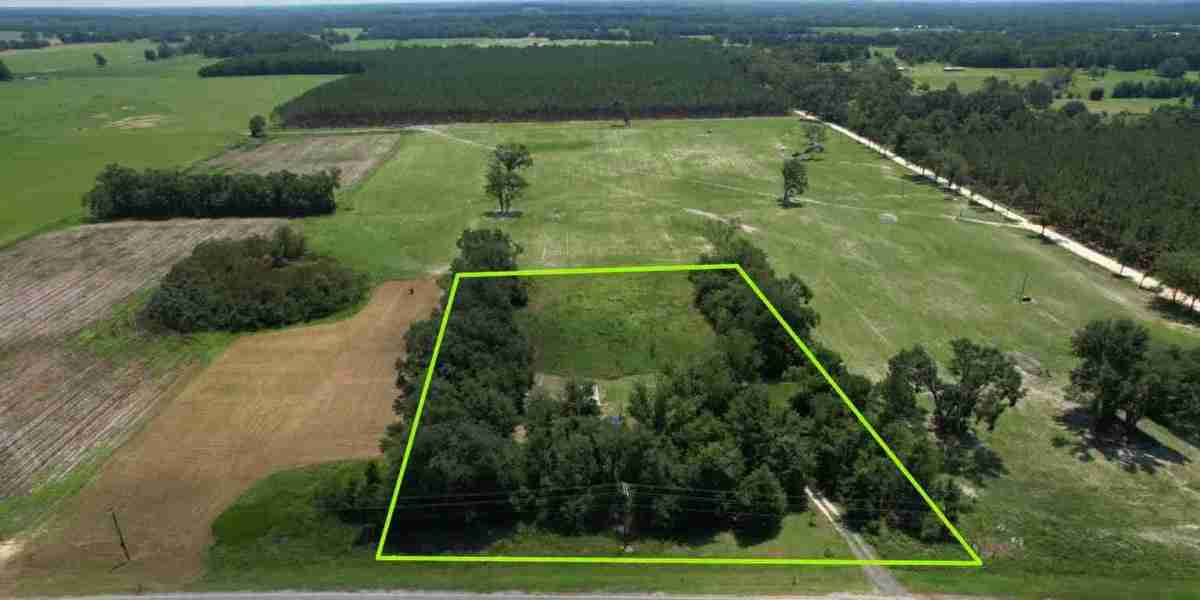Landowners in Georgia can take advantage of conservation tax incentives that offer financial benefits while supporting environmental preservation. If you're considering selling land or donating a portion for conservation, understanding these incentives can be a game changer. This guide breaks down the key aspects of Georgia’s Conservation Tax Credit Program (GCTCP) and how you can benefit from it.
How Georgia’s Conservation Tax Credit Works
The Georgia Conservation Tax Credit Program (GCTCP) provides tax incentives to landowners who either donate land or place a conservation easement on their property. This initiative helps protect natural landscapes, wildlife habitats, and historic sites while offering substantial tax benefits to those who participate.
Tax Benefits and Key Provisions
State Tax Credits: Landowners can claim up to 25% of their property’s fair market value as a tax credit. The limit is $250,000 for individuals and $500,000 for businesses.
Carry-Forward Option: If you don’t use the full credit in one year, it can be applied to future tax filings for up to ten years.
Annual Cap: Georgia allocates $4 million per year for this program, so early application increases the chance of approval.
Eligibility Criteria for Landowners
To qualify for conservation tax incentives, your land donation must serve at least two of the following purposes:
✔ Preserve water quality – Protects rivers, wetlands, and lakes.
✔ Provide wildlife habitat – Helps conserve diverse plant and animal species.
✔ Support public recreation – Creates space for outdoor activities like hiking.
✔ Protect agricultural and forestry land – Preserves working farms and woodlands.
✔ Safeguard historic sites – Maintains culturally significant locations.
Properties that meet these standards may be eligible for state and federal tax benefits.
How to Apply for Georgia’s Conservation Tax Credit
1. Pre-Certification
Submit an initial application to Georgia’s Department of Natural Resources (DNR) to determine if your land qualifies.
2. Property Appraisal
Obtain a professional appraisal to assess the fair market value of your land or easement.
3. Certification Submission
Once your land is donated or placed under an easement, submit the final certification documents to DNR for approval.
4. Tax Credit Claim
If approved, you’ll receive a certification form, which you can use to claim the tax credit on your state tax return.
Federal and Estate Tax Benefits
In addition to Georgia’s state tax credits, landowners who donate conservation easements may also qualify for federal tax deductions. The IRS allows deductions of:
✅ Up to 50% of adjusted gross income (AGI) for general landowners
✅ Up to 100% of AGI for farmers and ranchers
✅ Carry-forward for 15 years on unused deductions
Furthermore, land donations can reduce estate tax liabilities by lowering the property’s taxable value, which may also lead to lower property tax assessments.
Key Takeaways
Financial Benefits – The GCTCP offers state tax credits and potential federal deductions for qualifying land donations.
Conservation Requirements – The land must meet at least two environmental or cultural preservation standards.
Application Process – Involves pre-certification, a professional appraisal, certification approval, and tax claim submission.
Federal Incentives – Additional tax deductions may be available at the national level.
Final Thoughts
Georgia’s Conservation Tax Credit Program presents a valuable opportunity for landowners to preserve natural resources while enjoying tax advantages. By carefully assessing eligibility and following the application process, land sellers can maximize benefits while contributing to long-term conservation efforts.
Frequently Asked Questions (FAQs)
Q: What types of land qualify for conservation tax credits?
A: Eligible properties include land that contributes to water protection, wildlife conservation, public recreation, historic preservation, or sustainable agriculture.
Q: Can I still use my land after placing a conservation easement?
A: Yes, landowners retain ownership and can continue activities like farming and forestry as long as they align with the easement agreement.
Q: Are there penalties for breaking a conservation agreement?
A: Yes, violating the terms of a conservation easement may require repayment of tax benefits, along with possible fines.
Q: How does the annual cap impact tax credits?
A: Georgia’s program has a $4 million cap per year, meaning credits are distributed on a first-come, first-served basis. Applying early increases the chance of receiving benefits.
Q: Can businesses participate in the GCTCP?
A: Yes, corporations, partnerships, and LLCs can claim up to $500,000 in tax credits for land donations.
Next Steps
If you’re considering donating land or placing an easement, it’s best to consult a tax advisor or land conservation expert to ensure you maximize your benefits while following program requirements.
By participating in Georgia’s Conservation Tax Credit Program, you can contribute to the state’s environmental sustainability while gaining significant tax advantages.








